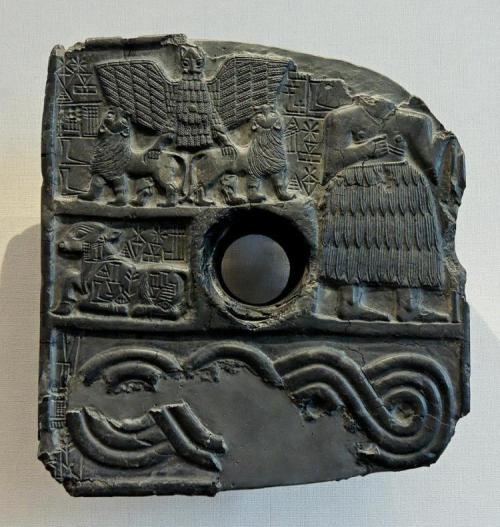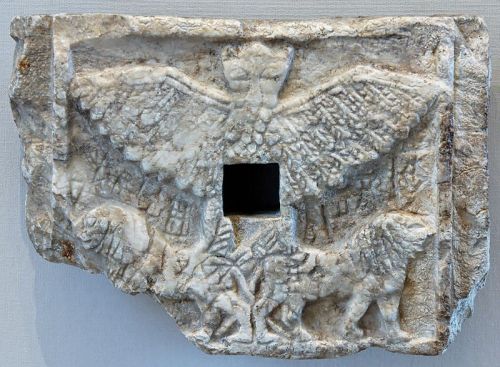Augury Through the Flights of Birds and the Voice of the Thunder
“The divine storm-bird,” however, who invested himself by stealth with the attributes of Mul-lil, and carried the knowledge of futurity to mankind, served to unite the two species of augury which read the future in the flight of birds and the flash of the lightning.
The first species was but a branch of the general pseudo-science which discovered coming events from the observation of animals and their actions, while the second species was closely allied to the belief that in the thunder men heard the voice of the gods. The old belief marked its impress upon Hebrew as well as upon Assyro-Babylonian thought.
“The voice of thy thunder was in the whirlwind,” says the Psalmist; and nothing can show more clearly what must once have been the Canaanitish faith than the poetic imagery of another Psalm (xxix.):
“The voice of the Lord is upon the waters;
the God of glory thundereth;
the Lord is upon many waters.
The voice of the Lord is powerful;
the voice of the Lord is full of majesty.
The voice of the Lord breaketh the cedars;
yea, the Lord breaketh the cedars of Lebanon. …
The voice of the Lord shaketh the wilderness;
the Lord shaketh the wilderness of Kadesh.
The voice of the Lord maketh the hinds to calve, and discovereth the forests.”
In the Talmud, “the voice of the Lord” has become the bath qôl, or “daughter of the voice,” a supernatural message from heaven which sometimes proceeded from the Holy of Holies, sometimes, like the δαιμονιον of Socrates, assumed the form of an intuition directing the recipient as to his course in life.
This prophetic voice of heaven was heard in the thunder by the Accadians as well as by the Semites. I have already noticed that the Accadians believed the sounds of nature to be divine voices, from which the initiated could derive a knowledge of the future.
At Eridu it was more especially the roar of the sea in which the Sumerian priest listened to the revelations of his deities, and this perhaps was the oracle through which Oannes had spoken to men. In the rival city of northern Babylonia, where the supreme god presided over the realm of the dead, and not over the waters of the sea, the divine voice came to men in the thunder.
By the side of Mul-lil, the lord of the ghost-world, stood Mul-me-sarra (Wül-mö-sára), “the lord of the voice of the firmament.” Mul-me-sarra, in fact, was but Mul-lil himself in another form, and hence, as lord of Hades, was the author, not only of the thunder, but of subterranean noises as well.”
A.H. Sayce, Lectures on the Origin and Growth of Religion as Illustrated by the Religion of the Ancient Babylonians, 5th ed., London, 1898, 299-300.

![From left, Storm God Ninurta, with bows and arrows. Ishtar, queen of heaven and earth is elevated with wings and spears and maces on her shoulders. The tree of life sprouts to her right, our left. The Sun God Shamash rises from the mountain Kur in the center, with rays of light on his shoulder. The God of Water and Wisdom, Enki/Ea battles the bird-god Imdugud/Anzu, with depictions of the Tigris and Euphrates rivers and fish coursing from his shoulders. At far right is the deified vizier Usmu, the two-faced. All gods wear conical hats with four pairs of horns. At far left is the word Adda in Accadian cuneiform, "Scribe." Accordingly this cylinder seal is known as the Seal of Adda, Akkadian period, 2350-2100 BCE. British Library. [No. 89,115.] http://www.ancientworlds.net/aw/Article/787375](https://therealsamizdat.com/wp-content/uploads/2015/05/00099452_000.jpg?w=500)

